Paris for Perverts
-
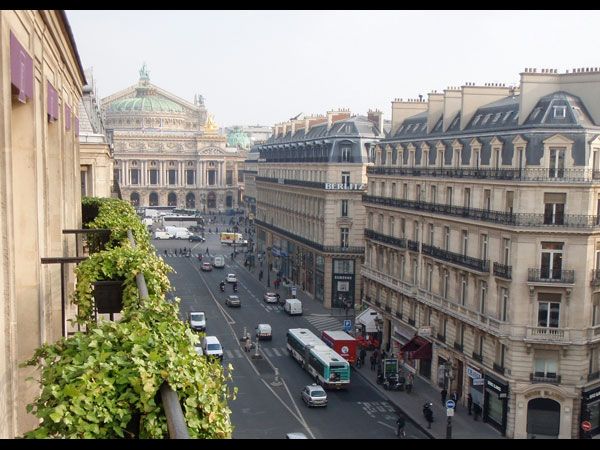 Photograph by Tony Perrottet.
Photograph by Tony Perrottet.The Avenue de l'Opéra. The area's reputation as the center for up-market vice in the belle époque led it to be dubbed "the clitoris of Paris."
-
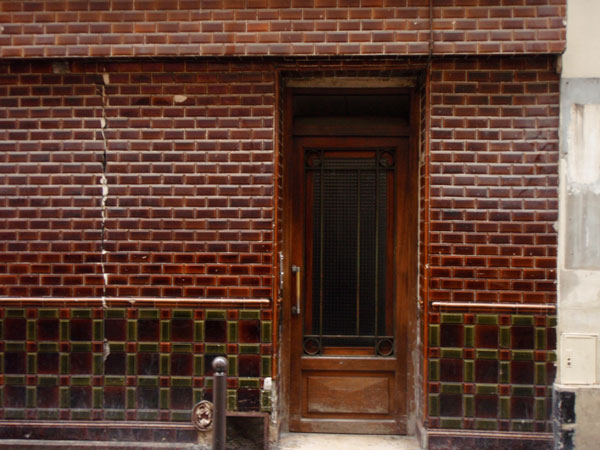 Photograph by Tony Perrottet.
Photograph by Tony Perrottet.The bordello Aux Belles Poules, The Cute Chicks, at 32, Rue Blondel. The alleyway runs off the Rue St. Denis, which has been Paris' main thoroughfare for illicit sex since the Middle Ages—"the Champs-Élysées of prostitution."
-
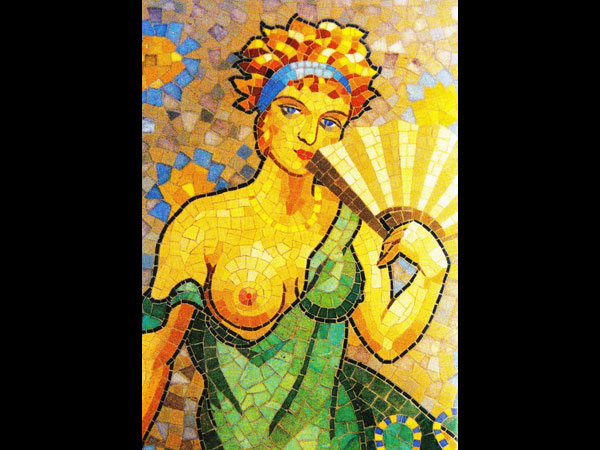 Photograph by Tony Perrottet.
Photograph by Tony Perrottet.A mosaic in the interior of Aux Belles Poules, now protected by a city preservation order. The brothel was once noted for its inventive tableaux vivants.
-
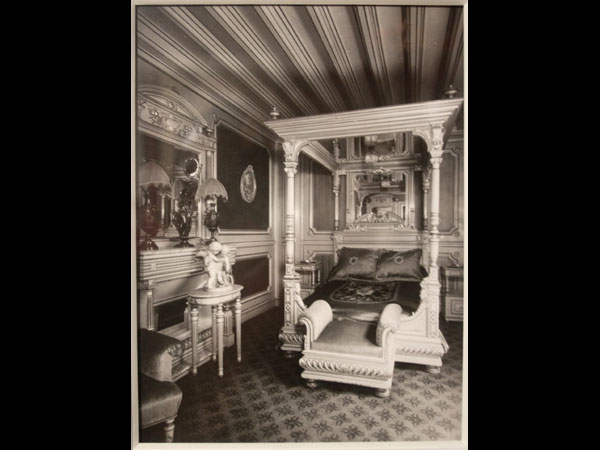 Photograph courtesy Musée de l'Érotisme, Paris.
Photograph courtesy Musée de l'Érotisme, Paris.A luxury brothel in the 1890s. The pleasures of Paris' nightlife were legendary in Europe.
-
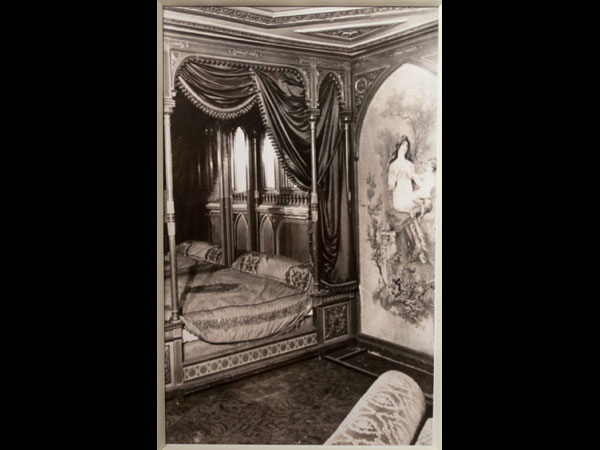 Photograph courtesy Musée de l'Érotisme, Paris.
Photograph courtesy Musée de l'Érotisme, Paris.A luxury brothel in the 1890s. Some of the more famous maisons closes (shuttered houses) were still being frequented in the 1930s by Cary Grant, Humphrey Bogart, and Marlene Dietrich.
-
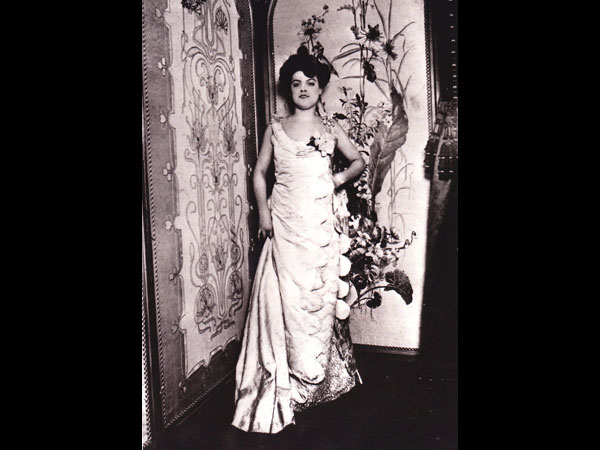 Photograph courtesy CREDIT: Galerie Au Bonheur du Jour, Paris.
Photograph courtesy CREDIT: Galerie Au Bonheur du Jour, Paris."Mademoiselle Margot, one of the glories of Le Chabanais," by an anonymous photographer, circa 1900. Taken in the luxury bordello Le Chabanais.
-
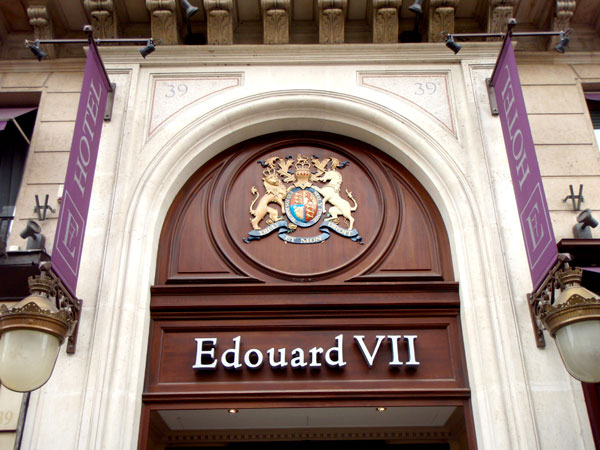 Photograph by Tony Perrottet.
Photograph by Tony Perrottet.The Hotel Édouard VII on the Avenue de l'Opéra. For over a quarter of a century, the building housed the private apartment of the Prince of Wales, the future King Edward VII, who enjoyed the pleasures of belle époque Paris to the full.
-
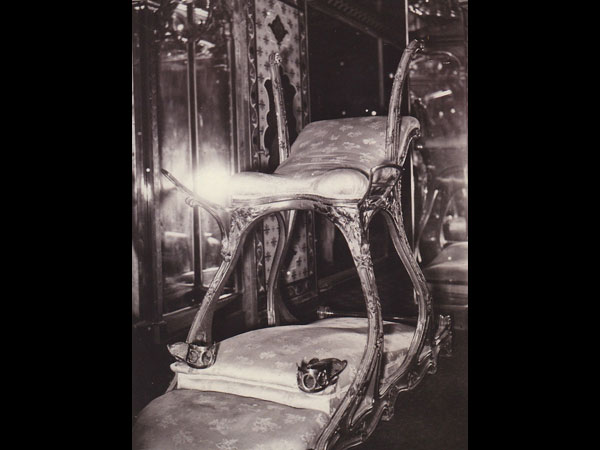 Photograph by Tony Perrottet.
Photograph by Tony Perrottet.The legendary fauteuil d'amour, the "sex chair" of King Edward VII, photographed in 1951, before it disappeared into private hands. "Dirty Bertie" had the device built so that he would not crush prostitutes with his enormous bulk.
-
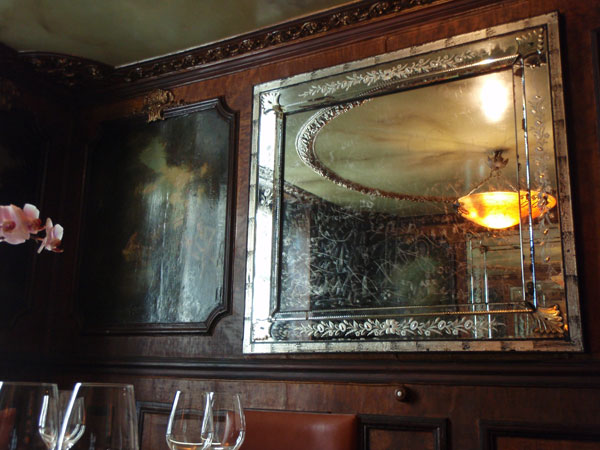 Photograph by Tony Perrottet.
Photograph by Tony Perrottet.The courtesans' mirror in the private dining room upstairs in Restaurant Lapérouse on the Left Bank. The filles de joie would test their diamonds on the glass to make sure they weren't being short-changed by gentlemen for their favors.
-
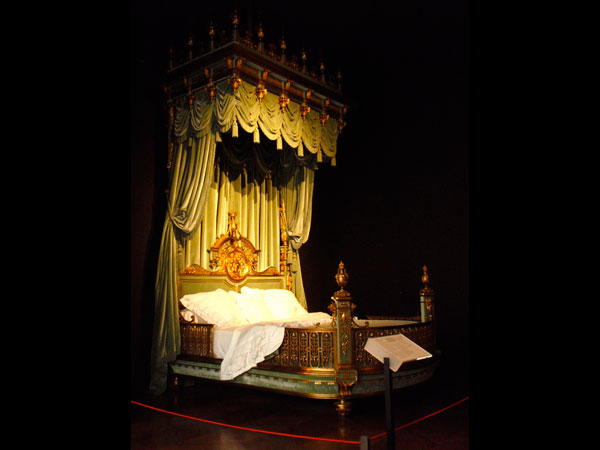 Photograph by Tony Perrottet.
Photograph by Tony Perrottet.The monumental bed of courtesan La Valtesse de la Bigne, now on proud display in the Museum of Decorative Arts, part of the Louvre. La Valtesse had risen from poverty to become the lover of Emperor Napoleon III and an influence on his diplomatic decisions. Her bed cost the equivalent of $400,000 when it was built in 1875 and quickly became the talk of Paris. Émile Zola, who visited her mansion, describes it in his novel Nana as "an altar, to which all of Paris would come to adore [the courtesan's] sovereign nudity"—but he was obliged to invent the details of the decorations. Despite his pleas, La Valtesse refused to let him inspect the inner sanctum of her bedroom. ("Chasse gardée, maître," she reportedly laughed. "Private hunting ground, maestro.")
-
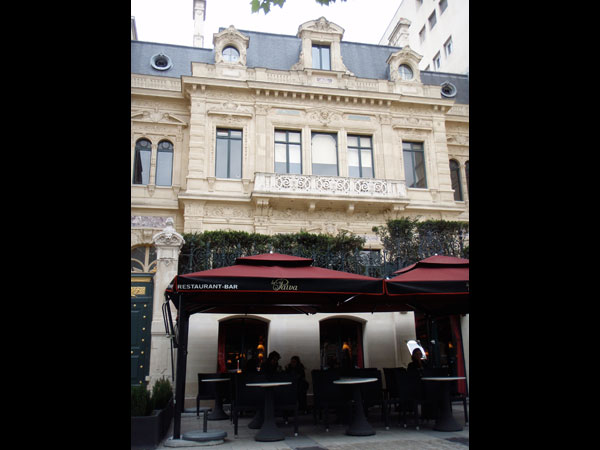 Photograph by Tony Perrottet.
Photograph by Tony Perrottet.The Hôtel La Païva, the last of the grand courtesans' houses on the Champs-Élysées, which once sat cheek by jowl with the mansions of France's politicians and millionaires. The palace belonged to La Païva, a steel-willed, Russian-born beauty whose real name was Esther Lachmann and who became the lover of composer Richard Wagner, among others. It escaped demolition in the 20th century by thriving as a private English club. Today, the mansion's basement has been turned into a sepulchral restaurant, called (of course) La Païva, swathed in velvet drapes, its banquettes framed by columns evoking the classical caryatids of the Acropolis.
-
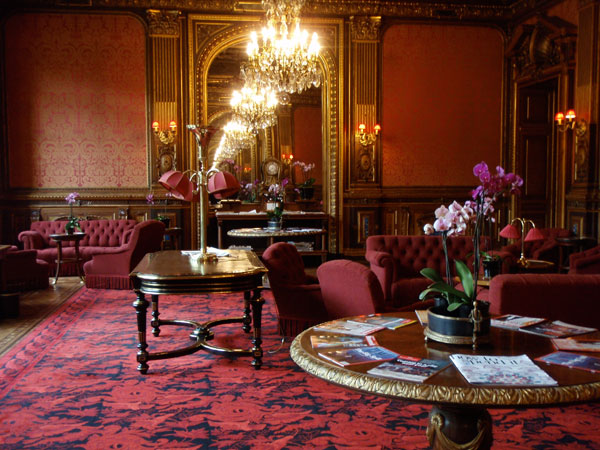 Photograph by Tony Perrottet.
Photograph by Tony Perrottet.The interior of La Païva's palace, now the Travellers Club, which blends French and Italian Renaissance styles in gaudy splendor.
-
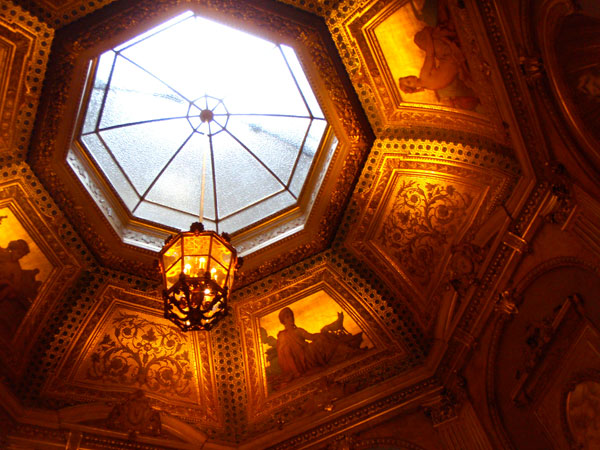 Photograph by Tony Perrottet.
Photograph by Tony Perrottet.Ceiling decorations in La Païva's palace. The onyx staircase and agate bathroom were inspired by Arabian Nights.
-
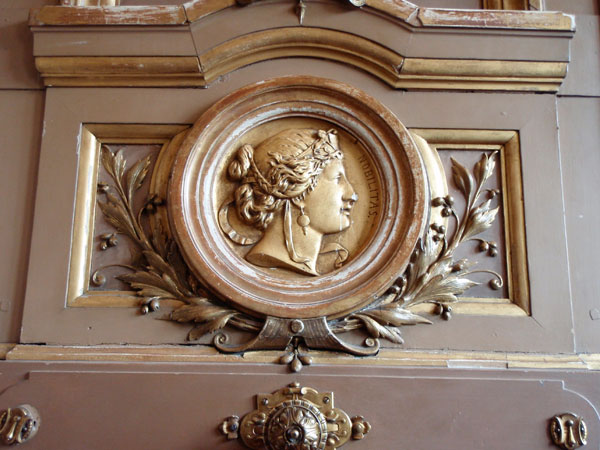 Photograph by Tony Perrottet.
Photograph by Tony Perrottet.Decorations in La Païva's palace, showing the profile of the courtesan. She modeled the marble nudes supporting the drawing room mantelpiece herself.
-
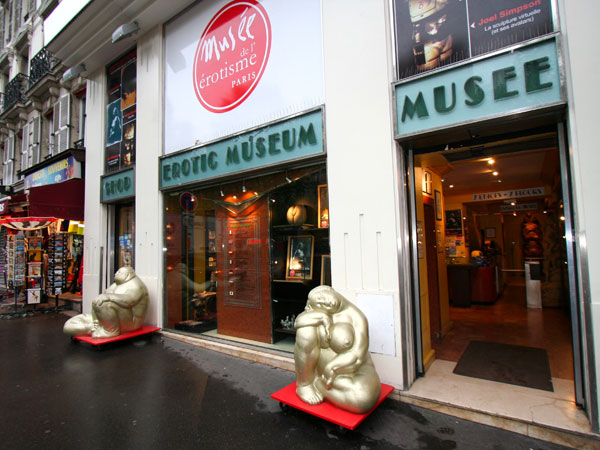 Photograph courtesy Musée de l'Érotisme, Paris.
Photograph courtesy Musée de l'Érotisme, Paris.The exterior of the Musée de l'Érotisme, on the Boulevard Clichy in Paris, a stone's throw from the Moulin Rouge.
-
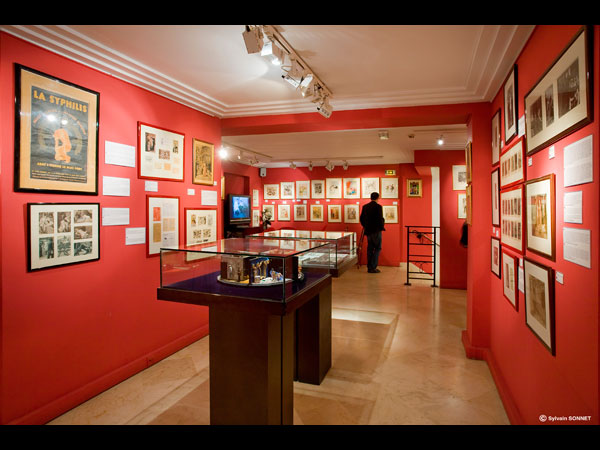 Photograph courtesy Musée de l'Érotisme, Paris.
Photograph courtesy Musée de l'Érotisme, Paris.The exhibition rooms of the Musée de l'Érotisme, which is open until 2 a.m. every night, catering to the busy street trade in Paris' most notorious avenue of sin.
-
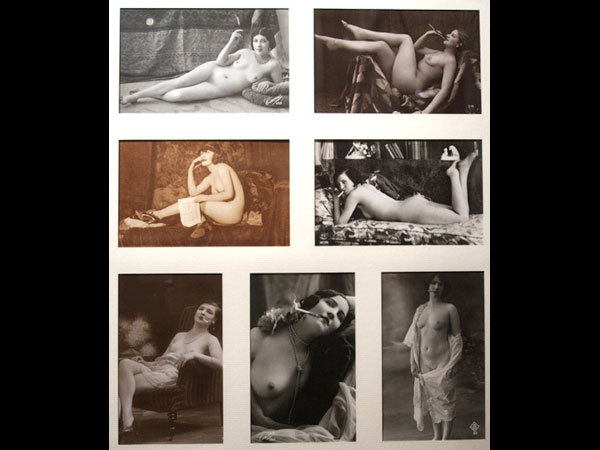 Photograph courtesy Musée de l'Érotisme, Paris.
Photograph courtesy Musée de l'Érotisme, Paris.Erotic postcards of the local cocottes were a Parisian staple for generations. These are from the 1920s.
-
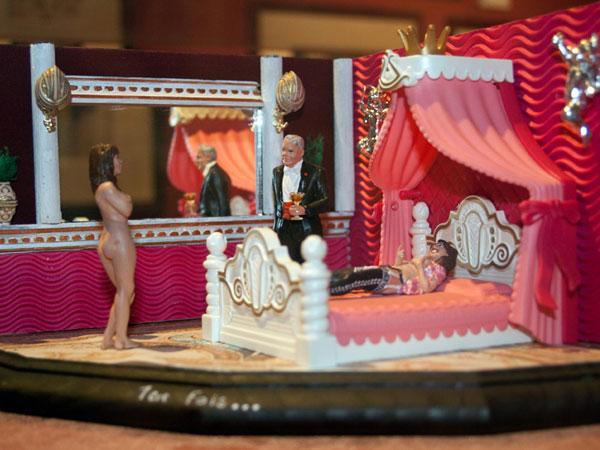
Photograph courtesy Musée de l'Érotisme, Paris. -
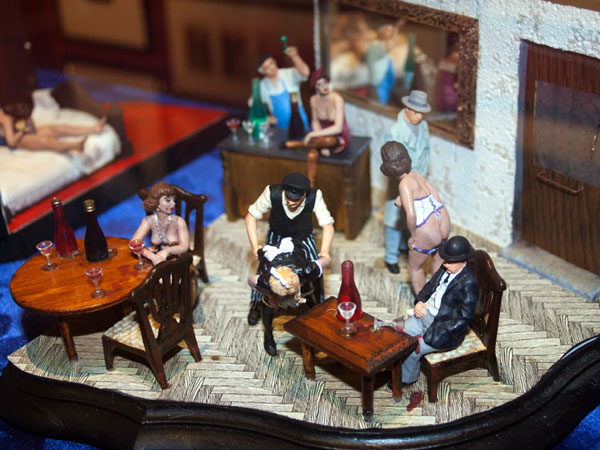 Photograph courtesy Musée de l'Érotisme, Paris.
Photograph courtesy Musée de l'Érotisme, Paris.An artist's vision of a down-market Parisian bordello. The very cheapest were nicknamed "slaughterhouses."
-
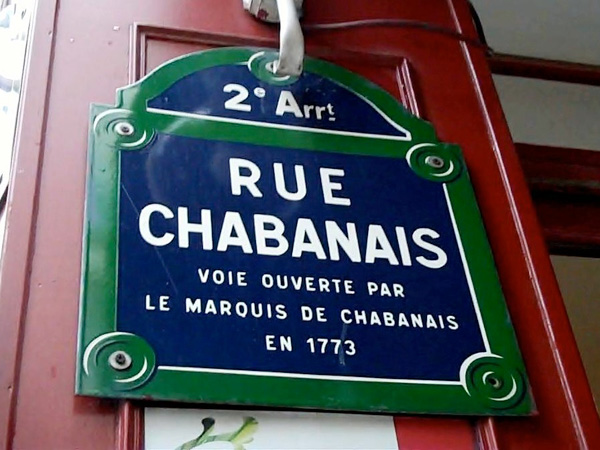 Photograph by Tony Perrottet.
Photograph by Tony Perrottet.Rue Chabanais, near the Louvre and the Bibliothèque Nationale on the Right Bank, once the most glamorous street in the Parisian demimonde.
-
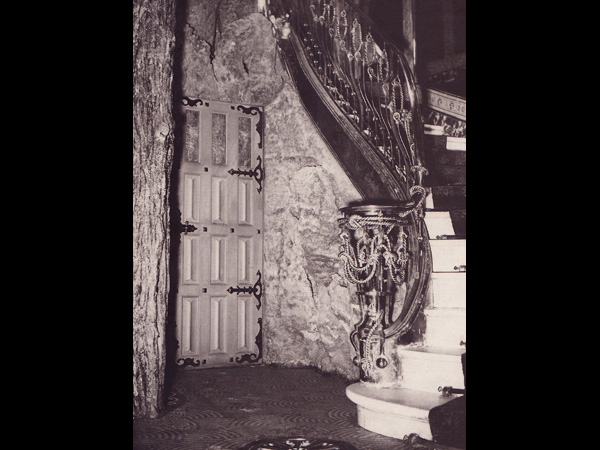 Photograph courtesy CREDIT: Galerie Au Bonheur du Jour, Paris.
Photograph courtesy CREDIT: Galerie Au Bonheur du Jour, Paris.The entrance staircase of No. 12 Rue Chabanais, once the most luxurious brothel in Europe. The lobby was designed as a magical underground grotto, complete with flowing waterfall and a sign that said, "WELCOME TO LE CHABANAIS, HOUSE OF ALL NATIONS." (Tellingly, the sign was in English.)
-
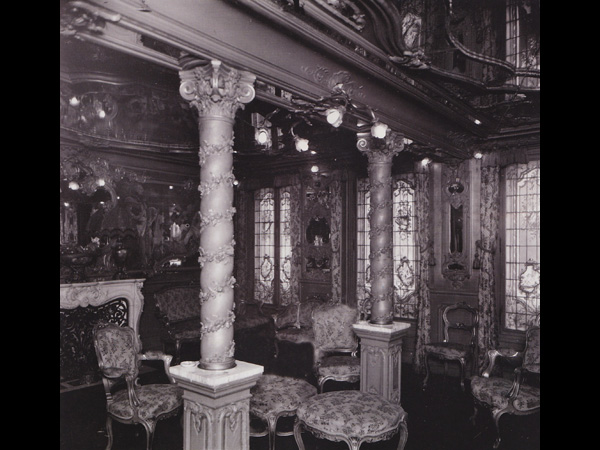 Photograph courtesy CREDIT: Galerie Au Bonheur du Jour, Paris.
Photograph courtesy CREDIT: Galerie Au Bonheur du Jour, Paris.The Louis XV Room of Le Chabanais. The brothel was known for its "fantasy chambers" catering to every taste. Clients could choose between the Pompeii Room, the Japanese Room, the Louis XV Room, the Eskimo Room, the Pirate Room, and others. "Dirty Bertie" (the Prince of Wales) favored the Hindu Room.
-
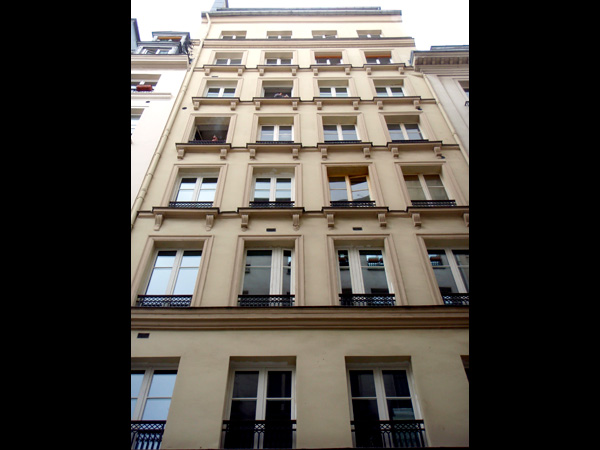 Photograph by Tony Perrottet.
Photograph by Tony Perrottet.The exterior of No. 12 Rue Chabanais today. In 1946, all the brothels of Paris were closed, ending nearly a century and a half of tolerance. Le Chabanais was converted into housing for foreign students.
-
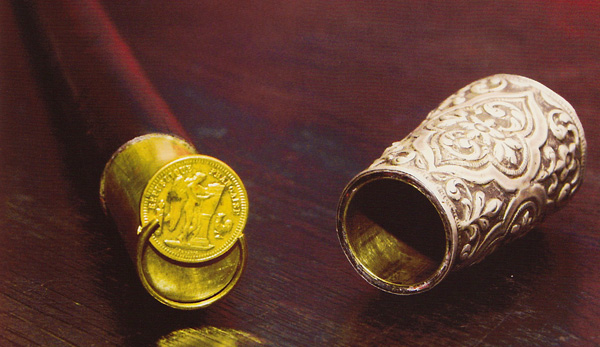 Photograph courtesy CREDIT: Galerie Au Bonheur du Jour, Paris.
Photograph courtesy CREDIT: Galerie Au Bonheur du Jour, Paris.Special jetons, or tokens, used in the fantasy brothel and kept in a special cane; they were exchanged for goods and services.
-
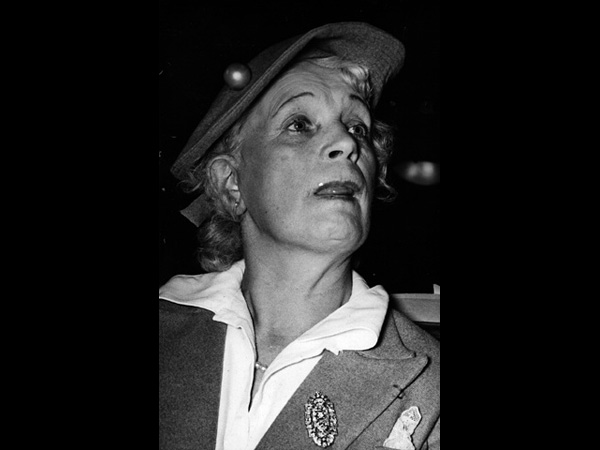 Photograph courtesy Musée de l'Érotisme, Paris.
Photograph courtesy Musée de l'Érotisme, Paris.Marthe Richard, who led the campaign to have the brothels closed in 1946. Presenting herself as a hero of the French Resistance, she was later exposed as a fraud—a former prostitute and collaborator who had supplied women to the Nazis.
-
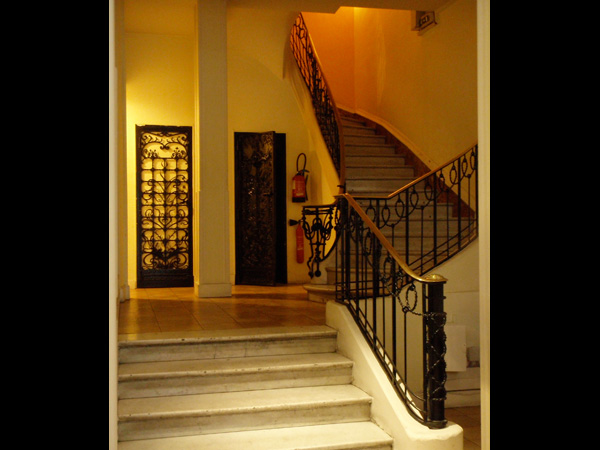 Photograph by Tony Perrottet.
Photograph by Tony Perrottet.The interior of No. 12 Rue Chabanais today. The staircase is original, as are the elevators. There were two synchronized elevators, one ascending while the other descended, so that clients wouldn't be embarrassed by accidental meetings.
-
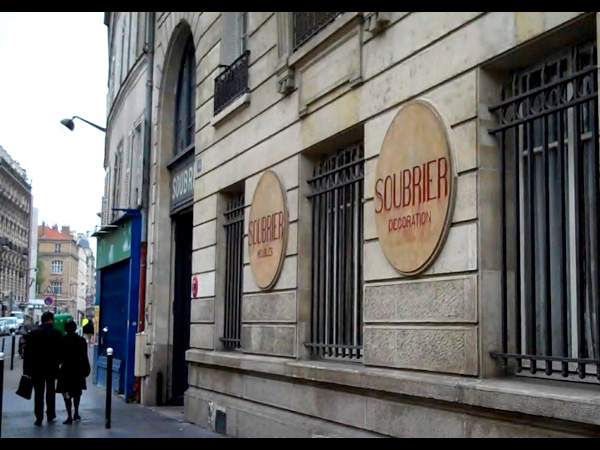 Photograph by Tony Perrottet.
Photograph by Tony Perrottet.The Soubrier warehouse on the Right Bank, where the "sex chair" of the Prince of Wales, the future King Edward VII, was manufactured in 1890.
-
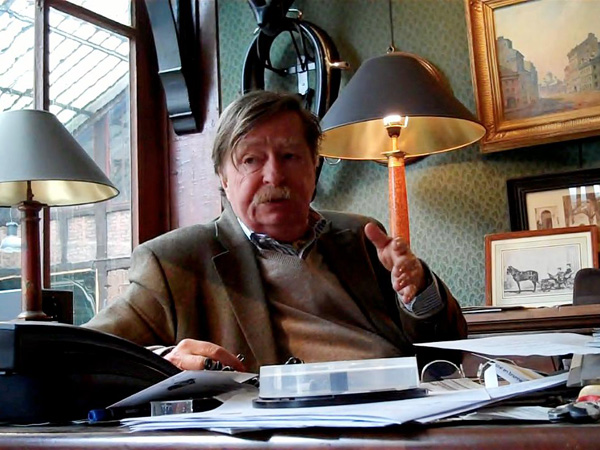 Photograph by Tony Perrottet.
Photograph by Tony Perrottet.Louis Soubrier, whose great-grandfather manufactured the royal "sex chair" for the use of the Prince of Wales in the fantasy brothel Le Chabanais. The family firm now deals in antiques, renting out many pieces for films.
-
 Photograph by Tony Perrottet.
Photograph by Tony Perrottet.The legendary "sex chair" of King Edward VII in its current Parisian home on the top floor of the Soubrier warehouse. It was created for use in the Hindu Room of the brothel so that the obese "Dirty Bertie" would not crush prostitutes with his massive bulk.
-
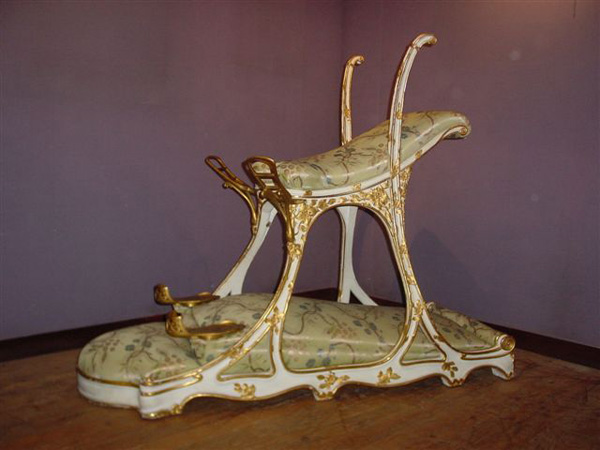 Photograph by Louis Soubrier.
Photograph by Louis Soubrier.The chair on display for an exhibit on fantasy furniture in New York in the mid-1990s. One Midtown gallery refused to exhibit it, forcing a change of venue.
-
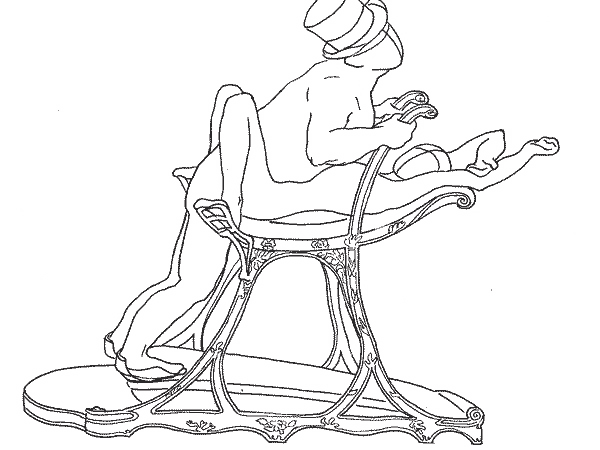 Illustration © Lesley Thelander.
Illustration © Lesley Thelander.An artist's recreation of how the sex chair was used. According to legend, the device allowed the Prince of Wales to sleep with two women at once—although "the precise arrangement," the current owner says delicately, "is open to debate."